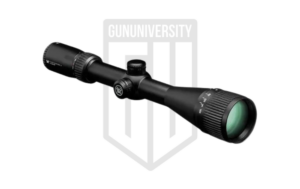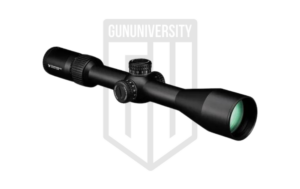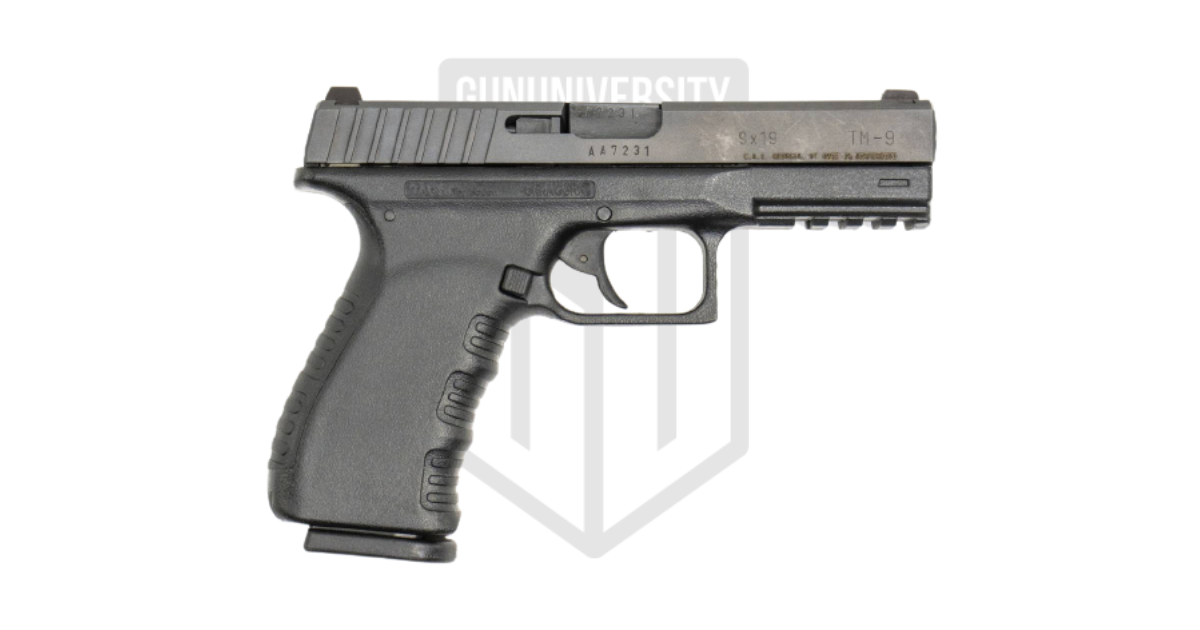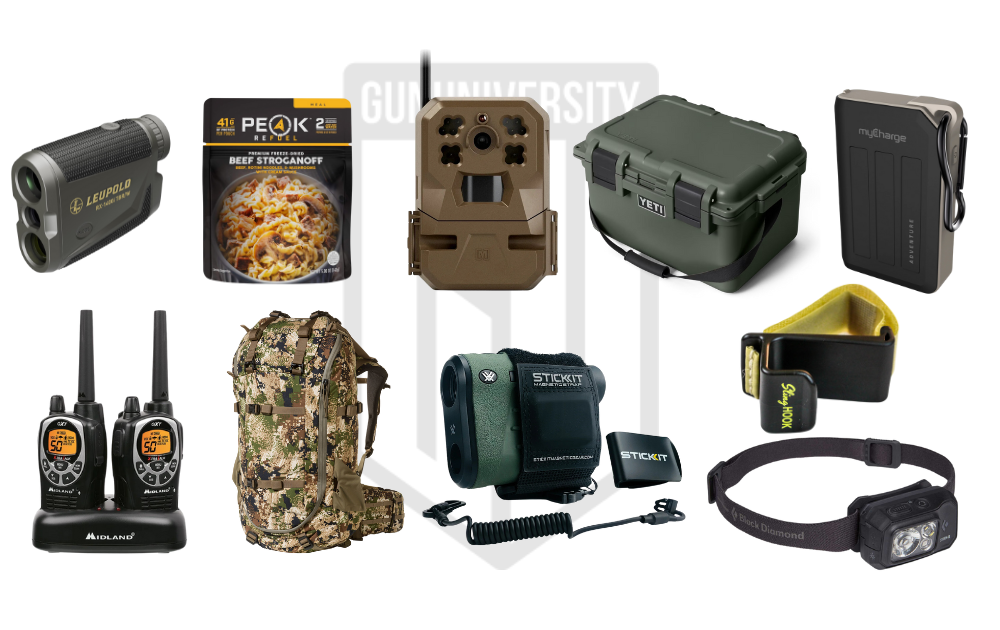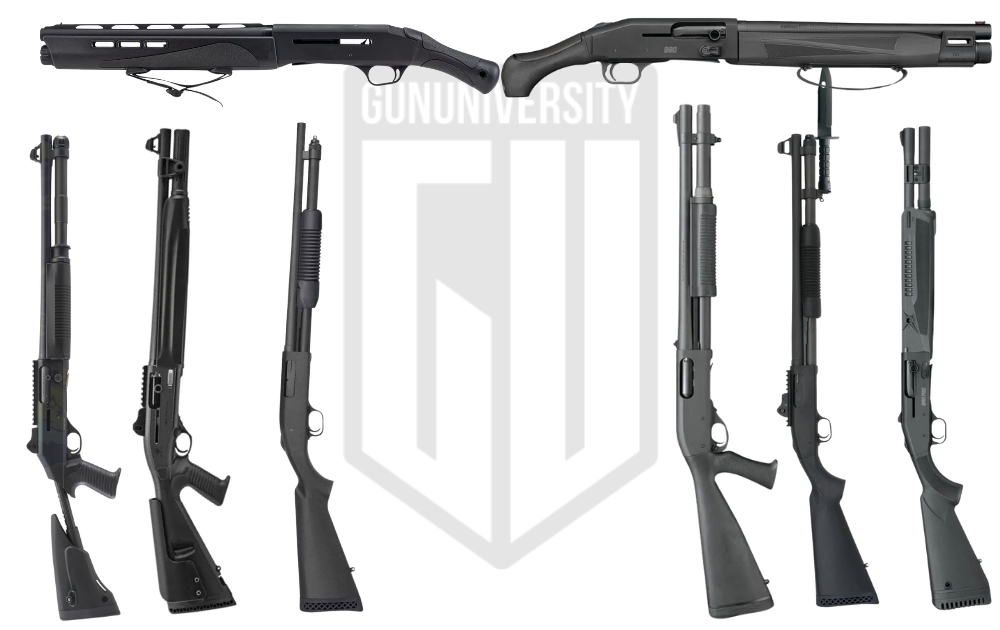Vortex Crossfire vs Diamondback
It’s a must to have the right riflescope for the task at hand, and that can mean spending quite a bit of time debating the merits of various scopes. Choices like this are even more difficult when the scopes in question appear to be similar—except for the price point. The Vortex Crossfire II and Vortex Diamondback are examples of similar—yet different—riflescopes that are both used for long-range shooting. But which is better? We’re going to consider which scope offers a greater performance overall and when you should choose one over the other. It’s the Vortex Crossfire II vs. the Vortex Diamondback, and we’re here to report our findings to make your selection process easier.
Spec Comparison
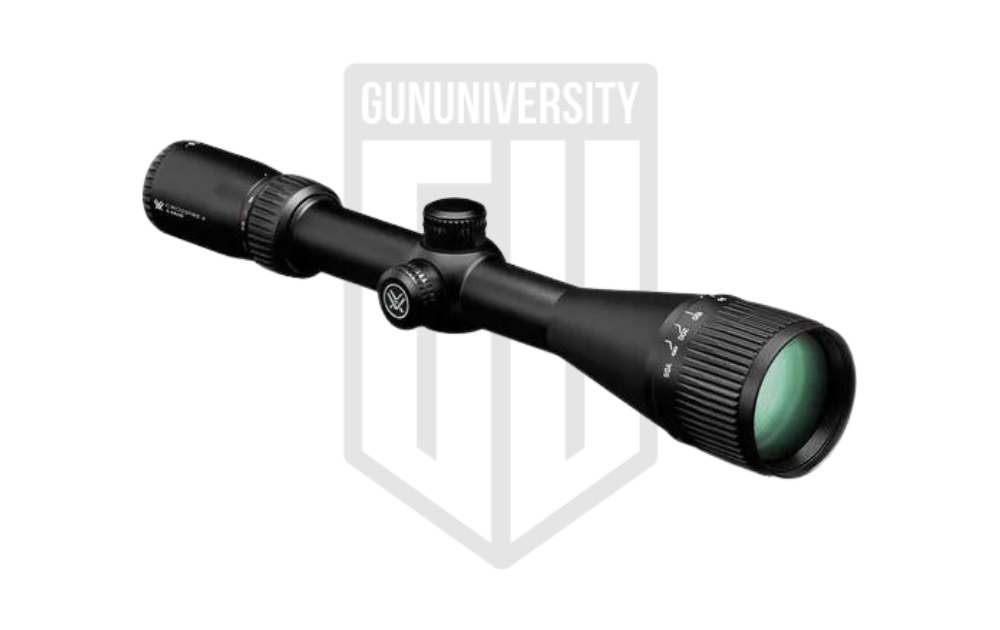
Crossfire II 6-24×50 AO
- Final Grade : A
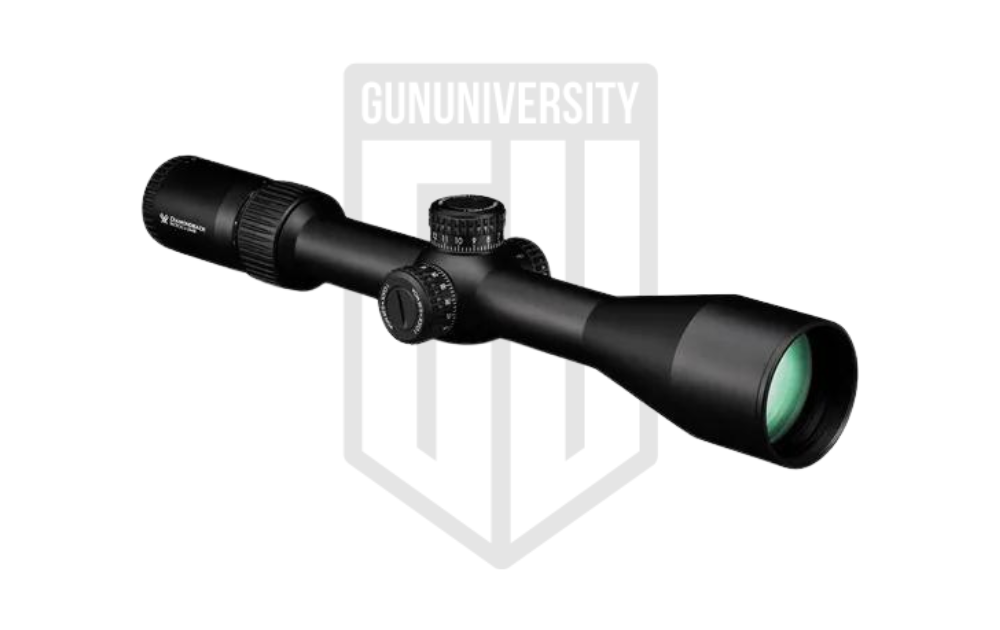
Diamondback Tactical 6-24×50 FFP
- Final Grade : A
The History of the Vortex Crossfire
Crossfire II 6-24×50 AO Crossfire II 6-24×50 AO
The Vortex Crossfire line of scopes has more than a decade of proven performance in the field backing it. And thanks to the vast array of models within the Crossfire II family of riflescopes, you can choose the magnification and features you prefer. Within the Crossfire II lineup there are more than a dozen options that cover everything from rimfires to scout rifles to long-range shooting. These scopes are designed to be budget friendly while still delivering a solid performance. That means clear glass, a good field of view, and durability, among other things. Aside from the scopes in the Crossfire line there are also binoculars and rangefinders.
The History of the Vortex Diamondback
Diamondback Tactical 6-24×50 FFP Diamondback Tactical 6-24×50 FFP
Within the Vortex brand, the Diamondback line of riflescopes is designed as a higher-end option for shooters that remains at a decent price point. The Diamondback line has also been on the market for over a decade. This product line encompasses a variety of optics including spotting scopes, binoculars, and riflescopes, all of which are marketed as outperforming their price point. There are also HD optics within the Diamondback line that offer fantastic clarity and definition. Diamondback optics do have features other lines do not, so when it comes down to selecting a scope, you might find yourself weighing the importance of certain design options.
Specification Comparison
For the purposes of this comparison, we’re going to take a closer look at the Vortex Crossfire II 6-24×50 AO vs. the Vortex Diamondback Tactical 6-24×50 FFP.

What They Have In Common
These two models have the same magnification, meaning you could use them both for long-range shooting. The magnification range is 6-24x, so they’re specifically meant for viewing targets at greater distances rather than up close. In addition, the Vortex Crossfire II 6-24x50mm and Vortex Diamondback 6-24x50mm AO have the same size objective lens diameter—50mm—meaning they’re both made to gather a significant amount of light for improved brightness. Each riflescope has a 30mm tube as well which makes them compatible with the most common scope rings and mounts on the market. Tube size also affects rigidity and durability and can impact how much elevation adjustment room you have.
Other similarities include travel per rotation, adjustment graduation, and parallax. The scopes each offer 15 MOA of travel per rotation which correlates with how many times you’re going to have to rotate the turret for adjustments. Adjustment graduation for both is ¼ MOA per click, which is common and makes it easier to zero in smaller increments. Parallax is 10 yards to infinity. In addition, these scopes have housings made from aircraft grade aluminum, fully multi-coated lenses, and shockproof designs.
The Ways They’re Different
ation, the reticle size changes along with the target. This means the reticle and target remain proportional to one another, which can be helpful for figuring out holdover.
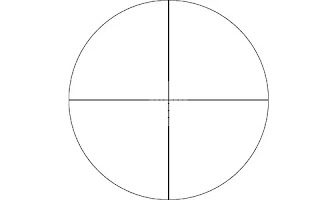
Windage and elevation adjustment range varies by scope as well. The Crossfire II model has adjustments ranges of 40 MOA for each while the Diamondback has an adjustment range of 65 MOA. How that can affect your shooting is that you will have more room for making adjustments with the Diamondback. This is useful for long-range shooting, among other things.

Reticles on the two models also differ. The Crossfire II has a Dead-Hold BDC (MOA) and the Diamondback has an EBR-2C (MOA). While these are both MOA reticles, they look quite a bit different. The Dead-Hold BDC design is a simpler crosshair with hashmarks in the center that are made to simplify holdover and windage. As for the EBR-2C, it’s designed as a hashmark ranging reticle that has subtension lines that help you with ranging, holdover, and windage. It’s a more detailed reticle than the Dead-Hold which could either be a significant help or simply create clutter if you prefer a cleaner reticle.
Other differences include the capped turrets of the Crossfire II versus the Tall Exposed Tactical turrets of the Diamondback and slight variations in dimensions. For example, the Crossfire II is 14.5 inches in length and the Diamondback is 14.28 inches long. The Diamondback also outweighs the Crossfire II with the former weighing 24.6 ounces and the later weighing 23.6 ounces. There’s also a listed one-tenth of an inch difference in eye relief with the Crossfire II having slightly more.
Crossfire II versus Diamondback: Our grades
Crossfire II 6-24×50 AO

Reticle Design
Reticle Design
AReliability
Reliability
A+Light Gathering
Light Gathering
A-Overall Size
Overall Size
AValue
Value
B+Final Grade
| Final Grade |
Final Grade: A
Vortex Diamondback HD 10×50
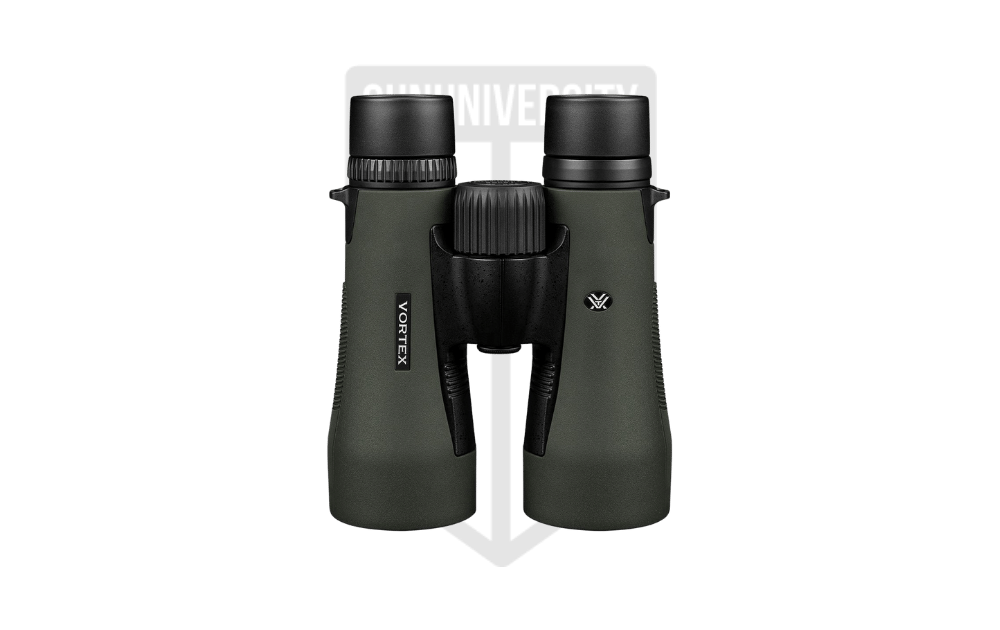
Reticle Design
Reticle Design
A-Reliability
Reliability
A+Light Gathering
Light Gathering
B+Overall Size
Overall Size
B+Value
Value
AFinal Grade
| Final Grade |
Final Grade: A
When to choose a Crossfire II
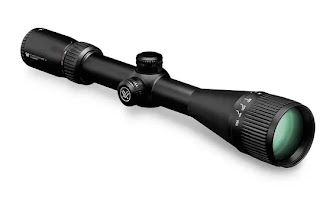
If you’re interested in a riflescope that’s at a relatively low price point and have both the ability and the intended application that works with a SFP optic, the Crossfire II 6-24x50mm AO might be perfect for you. This optic is durable and reliable, and it does perform quite well for its price point. It’s a solid option for hunting and target shooting at longer distances. Its features and adjustment ranges make it a solid fit for many uses. It’s versatile, affordable, and easy to use.
When to pick the Diamondback

The Diamondback Tactical 6-24x50mm FFP is a fantastic choice for long-range shooting and great for competition use. With this scope you can get a competition rifle set without breaking the bank, and you get a scope that outperforms its price point. This scope has great clarity and light-gathering which also makes it worthwhile for longer-range hunting. And because it’s an FFP optic, adjustments can be made quickly and easily to get on target faster. This is a basic, relatively no-frills long-range optic that’s had extra attention paid to its ability to deliver sharp images at longer distances.
Which scope is better?
Although the Vortex Crossfire II 6-24x50mm AO can be a great fit for many shooters, the Diamondback Tactical 6-24x50mm FFP wins. Not only does the Diamondback scope gather light more effectively for greater use in low light but it has an XD lens for superior image clarity. The Diamondback also offers a broader adjustment range which is important for long-range shooting. Its use can be simpler as well thanks to it being a FFP scope. It’s also worth noting that although the Diamondback has a higher price point than the Crossfire II, it’s not prohibitively high. The Diamondback remains reasonably priced when compared to similarly performing optics.
It isn’t uncommon for gun owners to think the overall quality of their scope doesn’t matter as much as the price of their rifle. However, it’s generally wiser to put a higher quality scope and a more affordably priced rifle rather than the other way around. An investment in well-made, clear glass is always worth it.
Do you prefer the Vortex Crossfire II line or the Vortex Diamondback line of optics? Share your experiences in the comments.
Recent Posts
November 29, 2025
November 25, 2025
November 22, 2025
November 21, 2025

